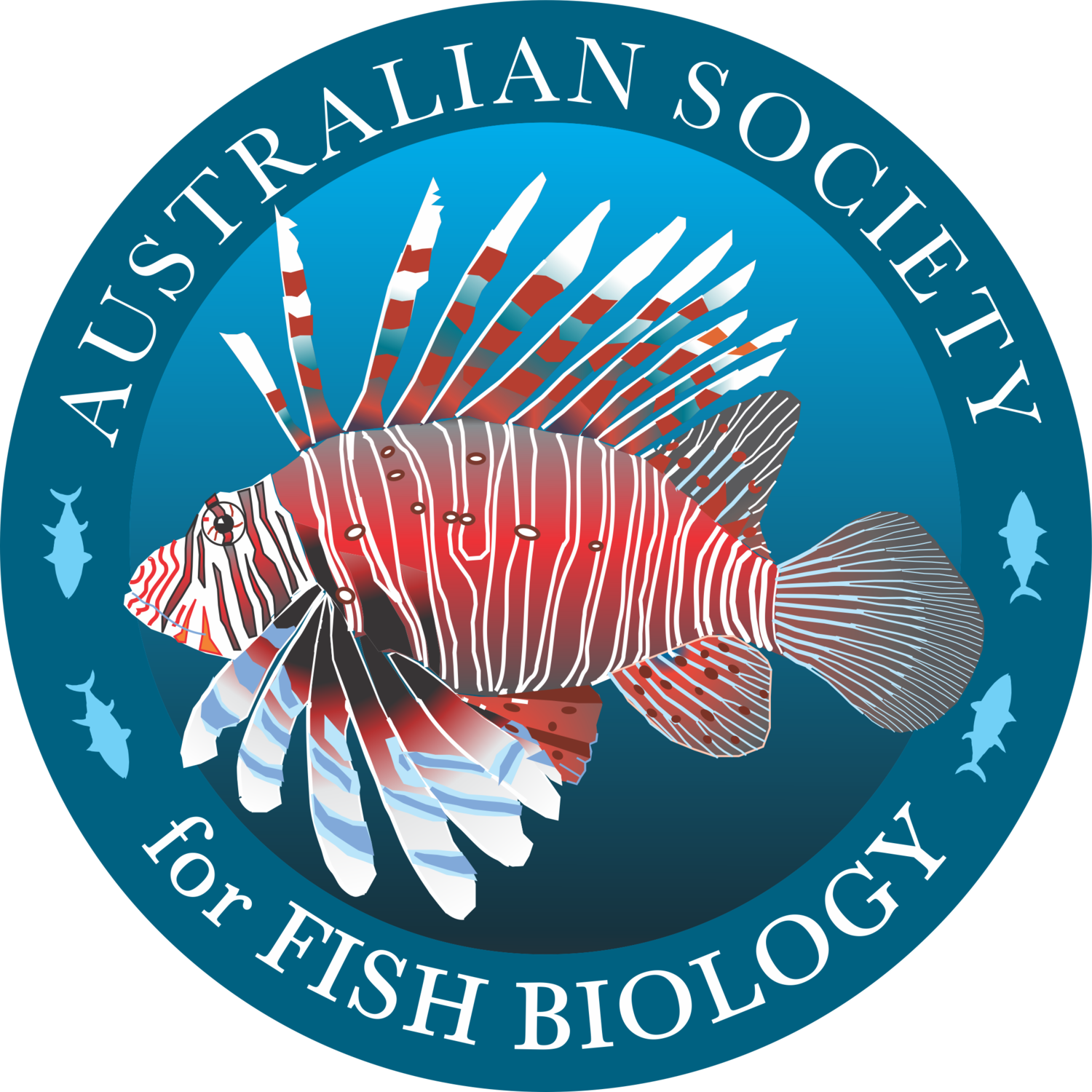Bronwyn Gillanders
Professor Bronwyn Gillanders is a marine scientist with an outstanding and distinguished history of achievement and an international reputation for innovative and high quality science. She has made important contributions in a number of fields, which has included using otoliths to address a range of questions related to environmental history of organisms, population structure, connectivity of organisms between estuaries and open coastal regions. Recently, Bronwyn has been using ancient otoliths to overcome the shifting baseline syndrome in freshwater and estuarine environments; developing long-term otolith growth and chemical chronologies and linking these to environmental conditions and investigating the effect of hypoxia on fish species. She has also undertaken research on cephalopods, especially the giant Australian cuttlefish.
Many know Bronwyn from her >150 publications, which have been cited over 7500 times, and include a text book on marine ecology in 2007 that was authored with her husband and fellow scientist Sean Connell. Others know Bronwyn from when she served as ASFB President from 2011-13, and was only the second female President of ASFB in its first 40 years. In this and many other ways, Bronwyn has provided a strong role model for young scientists, demonstrating that not only is it possible to have a science career and a family, but that it is possible to be an outstanding and highly influential scientist at the same time.
Bronwyn was awarded her BSc in Zoology in 1984 from the University of Canterbury in New Zealand. She then went on to get her MSc in marine science at the University of Otago. In 1991 she moved to Australia to undertake her PhD at the University of Sydney examining the links between estuarine and coastal populations of blue groper (Achoerodus viridis). She completed her PhD in 1995 and then worked as a Scientific Officer at NSW Fisheries studying the age, growth and reproduction of yellowtail kingfish. Bronwyn was then awarded an Australian Research Council (ARC) Post-doctoral Fellowship (1997-2000) at the University of Sydney, followed by a prestigious ARC QEII Fellowship from 2001-2005 at the University of Adelaide. She took up a position as Senior Lecturer at the University of Adelaide in 2006, and in 2009 she became the Director of the Marine Biology Program in the Environment Institute at the University of Adelaide, before being promoted to Professor in 2011.
Over that time, Bronwyn has been actively working with government and industry via working groups and boards related to fisheries/marine science and natural resources, including the Primary Industries Research Providers Network (2014-present), National Committee for Agriculture, Fisheries and Food (Australian Academy of Sciences; 2013-present), South Australian Government working group on giant cuttlefish (2013-present), Marine Innovations South Australia Advisory Committee (2011-2015) and steering committee (2016-present), South Australia Fisheries Research Advisory Board (2006-10), Aquaculture Tenure Allocation Board (2005-11) and Scientific Working Group for Marine Protected Areas (2005-15).
In mentoring the next generation of ichthyologists, Bronwyn has supervised over 20 PhD and over 30 Honours students, as well as 12 post-doctoral researchers. Indeed, her reputation attracts international students and researchers that specifically come to Australia to study or undertake research projects with her. Her students have gone on to successfully pursue academic positions, other research and management positions in state and Commonwealth government agencies, and consulting work. Bronwyn’s students are very appreciative of her open-door supervisory style as well as her guidance and words of wisdom with both professional and personal matters. She always has time to compare notes on gardening, a good traveling adventure or share a student’s excitement over a scientific breakthrough (no matter how small). She is great fun to go into the field with as she is very enthusiastic and hard working. A student of Bronwyn’s recalls collecting live cuttlefish with her: ‘She was netting cuttlefish so fast while snorkelling that I barely had time to carry the animals to holding bins on the beach before she captured another one! Then we lugged buckets full of water – each with a live cuttlefish – up a very steep, rocky embankment to our truck to take them back to the lab. Bronwyn was carrying a bucket in each hand up that cliff!’
For her outstanding contributions to ichthyology, Prof. Bronwyn Gillanders was awarded the 2016 K. Radway Allen Award by the ASFB.
Selected publications
Beck et al. 2001. Towards better identification, conservation and management of estuarine and marine nurseries. BioScience 51: 633-641.
Gillanders et al. 2003. Evidence for connectivity between juvenile and adult habitats for mobile marine fauna: an important component of nurseries. Marine Ecology Progress Series 247: 281-295.
Elsdon et al. 2008. Otolith chemistry to describe movements and life history parameters of fishes: hypotheses, assumptions, limitations, and inferences. Oceanography and Marine Biology: an Annual Review 46: 297-330.
Elsdon and Gillanders. 2002. Interactive effects of temperature and salinity on otolith chemistry: challenges for determining environmental histories of fish. Canadian Journal of Fisheries and Aquatic Sciences 59: 1796-1808.
Dahlgren et al. 2006. Marine nurseries and effective juvenile habitats: concepts and application. Marine Ecology Progress Series 312: 291-295.
Gillanders and Kingsford. 1996. Elements in otoliths may elucidate the contribution of estuarine recruitment to sustaining coastal reef populations of a temperate reef fish. Marine Ecology Progress Series 141: 13-20.
Gillanders and Kingsford. 2002. Impact of changes in flow of freshwater on estuarine and open coastal habitats and the associated organisms. Oceanography and Marine Biology: an Annual Review 40: 233-309.
Gillanders 2002. Temporal and spatial variability in elemental composition of otoliths: implications for determining stock identity and connectivity of populations. Canadian Journal of Fisheries and Aquatic Sciences 59: 669-679.
Elsdon, TS and BM Gillanders. 2003. Relationship between water and otolith elemental concentrations in juvenile black bream Acanthopagrus butcheri. Marine Ecology Progress Series 260: 263-272.
Gillanders and Kingsford. 2000. Elemental fingerprints of otoliths of fish may distinguish estuarine “nursery” habitats. Marine Ecology Progress Series 201: 273-286.

